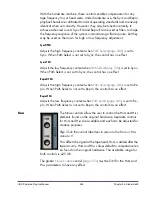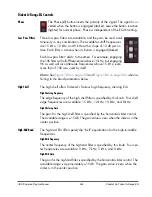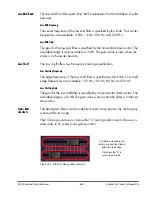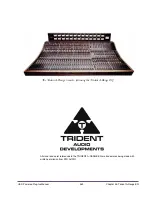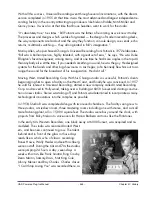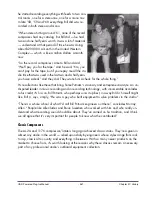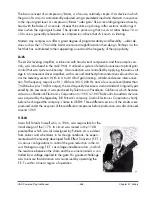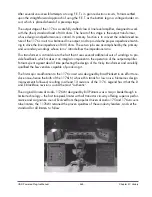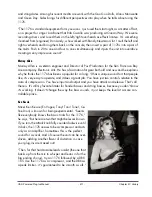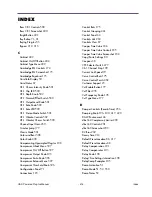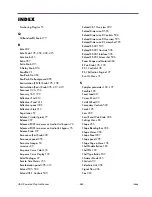
UAD Powered Plug-Ins Manual
- 568 -
Chapter 57: History
The basic concept of a compressor/limiter, is of course, relatively simple. It's a device in which
the gain of a circuit is automatically adjusted using a predetermined ratio that acts in response
to the input signal level. A compressor/limiter “rides gain” like a recording engineer does by
hand with the fader of a console: it keeps the volume up during softer sections and brings it
down when the signal gets louder. The dynamic processing that occurs at ratios below 10 or
12 to one is generally referred to as compression; above that it's known as limiting.
Modern day compressors offer a great degree of programmability and flexibility – older de-
vices such as the 1176 and the LA-2A are more straightforward in their design. Perhaps it is this
fact that has contributed to their appealing sound and the longevity of their popularity.
LA-2A
The LA-2A leveling amplifier, a tube unit with hand wired components and three simple con-
trols, was introduced in the mid-1960s. It utilized a system of electro-luminescent optical gain
control that was quite revolutionary. Gain reduction was controlled by applying the audio volt-
age to a luminescent driver amplifier, with a second matched photoconductive cell used to con-
trol the metering section. With its 0 to 40 dB of gain limiting, a balanced stereo interconnec-
tion, flat frequency response of 0.1 dB from 30-15,000 Hz and a low noise level (better than
70 dB below plus 10 dBm output), the LA-2A quickly became a studio standard. Originally pat-
ented by Jim Lawrence, it was produced by Teletronix in Pasadena, California, which became
a division of Babcock Electronics Corporation in 1965. In 1967 Babcock's broadcast division
was acquired by the legendary Bill Putnam's company, Studio Electronics Corporation shortly
before he changed the company’s name to UREI®. Three different versions of the LA-2A were
produced under the auspices of these different companies before production was discontinued
around 1969.
1176LN
It was Bill Putnam himself who, in 1966, was responsible for the
initial design of the 1176. Its circuit was rooted in the 1108
preamplifier which was also designed by Putnam. As is evident
from entries and schematics in his design notebook, he experi-
mented with the recently developed Field Effect Transistor (F.E.T.)
in various configurations to control the gain reduction in the cir-
cuit. He began using F.E.T.s as voltage variable resistors, in which
the resistance between the drain and the source terminals is con-
trolled by a voltage applied to the gate. His greatest challenge
was to ensure that distortion was minimized by operating the
F.E.T.s within a linear region of operation.
Содержание UAD
Страница 172: ...UAD Powered Plug Ins Manual 172 Chapter 12 Ampex ATR 102 Original Ampex ATR 102 Mastering Recorder Brochure ...
Страница 294: ...UAD Powered Plug Ins Manual 294 Chapter 27 Lexicon 224 Lexicon 224 Screenshot Figure 99 The Lexicon 224 plug in window ...
Страница 482: ...UAD Powered Plug Ins Manual 482 Chapter 47 Pultec and Pultec Pro Dip Response Figure 155 Pultec MEQ 5 Dip Response ...
Страница 497: ...UAD Powered Plug Ins Manual 497 Chapter 48 RealVerb Pro Figure 166 RealVerb Pro in Morphing mode ...

